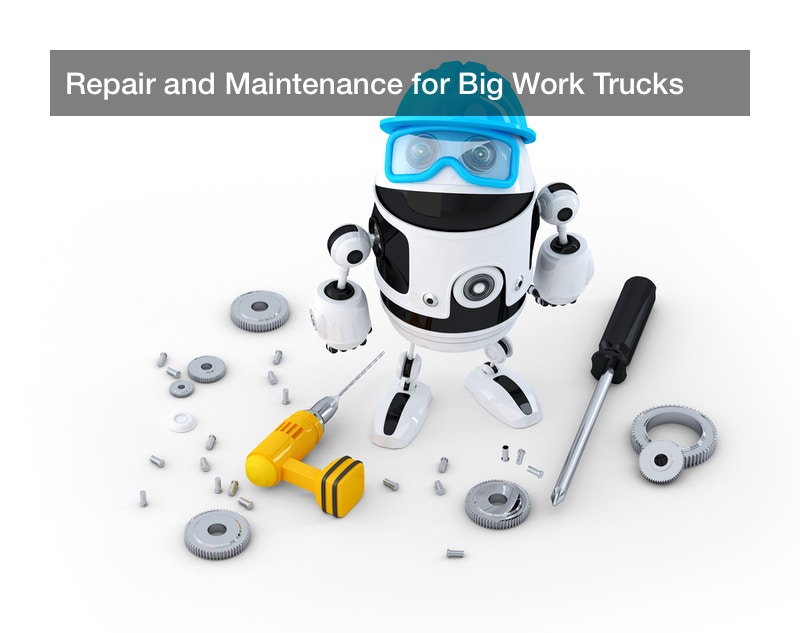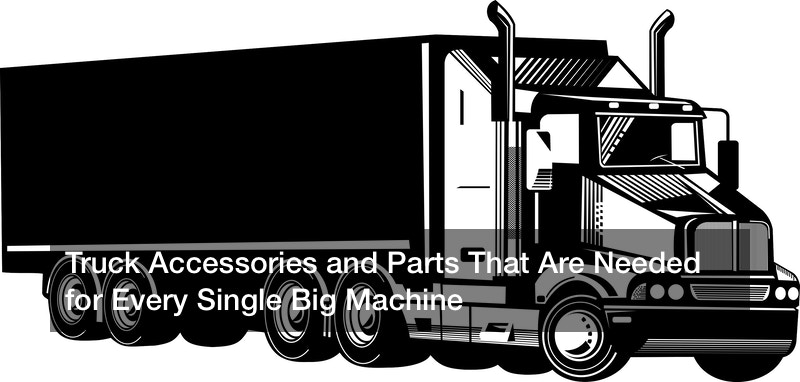Trucks are large, powerful vehicles designed to do work. But while everyday consumers buy pickup trucks, larger trucks are used for work such as construction, garbage collection, transporting goods (semi trucks), and junk removal. Such trucks feature large and powerful diesel engines, huge tires and wheels, and the right transmission parts to keep them moving. Such trucks have to bear not only their own weight, but that of their cargo, too, from trash to liquid nitrogen to department store stock or dirt. Large dump trucks can carry dirt and coal, too, or have logs placed and bundled on their beds.
Still, even these mammoth work vehicles will need some maintenance and repair, and owners can consult truck parts catalogs to find new, wholesale parts to install. Often, these truck parts catalogs feature not only generic truck parts, but high-end brand-name parts for maximum performance. Brand-name parts from a truck parts catalog may be more costly, but they are guaranteed to work in a truck of the same brand, and their quality is sure to be high, as well.
The Market for Big Trucks
Excepting pickup trucks, who is buying all of these trucks, and what can they do? Many carrier firms are small, and cannot afford trains or jets, but they can afford semi trucks to make deliveries by road. In fact, trucks collectively carry 71.5% of the U.S.’s freight by weight, and they are cost-friendly for carrier firms to buy and shippers to use for a job. Better yet, trucks don’t need runways, ports, or railroads to move. It is believed that two million semi trucks are in operations today, and some 400,000 commercial trucking companies are using them. Similar vehicles include trash trucks, dump trucks, and even tractor trailers, since tractors do not drive well on roads. Instead, a powerful truck can have the tractor’s trailer hitch attached, then drive that tractor wherever it is needed.
What sort of items in a truck parts catalog will wholesale buyers look for? Such big machine parts can be brand name or generic, and they range from fuel injectors for the engine to new tires, steering wheels, headlights for semi trucks, and big truck mirrors. All of these replacement parts allow the vehicle to drive smoothly and safely for everyone involved.
A truck’s driver may notice right away if something is wrong, such as if their truck is stalling or having difficulty maintaining its speed, or if it overheats or fails to turn on. Smoke from under the hood or strange rattles are other early warning signs, and the truck driver may call for help and have their vehicle towed (with another truck) to a repair shop for work. Professionals can then look over the truck carefully to find the compromised parts, and they might use not only the naked eye, but also insert flexible tubes with lights and cameras at the tip to reach parts that a person cannot reach. This is typical for inspecting a faulty work vehicle’s engine and other internal parts that are difficult to reach. Often, the affected part is clogged, rusted, cracked, or leaking, or it might have become misaligned or been knocked loose.
So, now is the time to consult truck parts catalogs, and new parts will be shipped as soon as possible. This can fix up a faulty spark plug or piston, for example, or an iffy transmission. More cosmetic parts can be fixed or upgraded this way too, such as the side mirrors and the headlights. All trucks need headlights and rear brake lights, and newer ones may feature LED displays. LEDs are rapidly becoming standard for vehicle lights, since they are long-lasting, bright, and very energy efficient. Better yet, LEDs do not have filaments or electrodes, so they do not burn out easily. A carrier truck firm may have their older vehicles’ lights swapped out for LEDs for these reasons. Also, a new side view mirror can be fitted on, and it should be set up so the driver can see the road at least 200 feet behind the rig.

